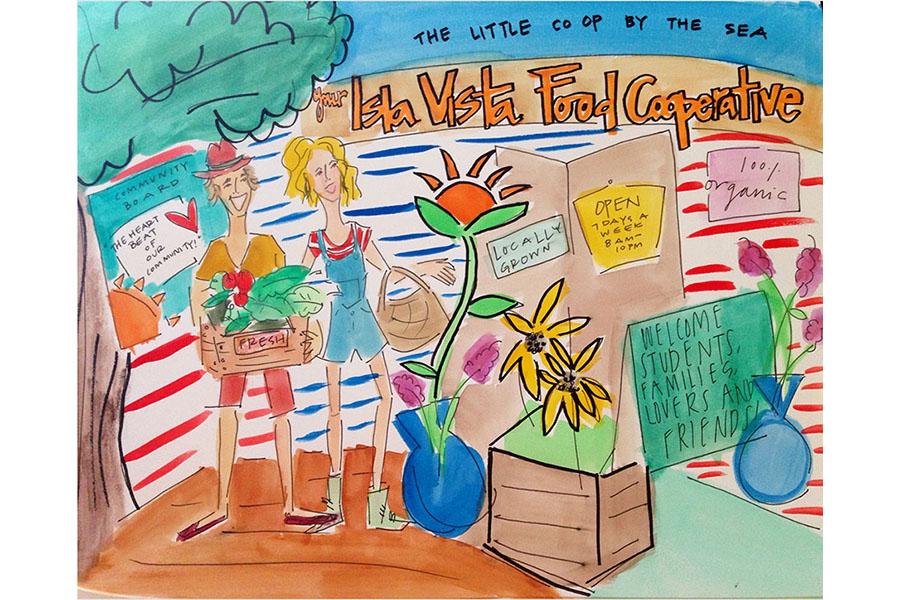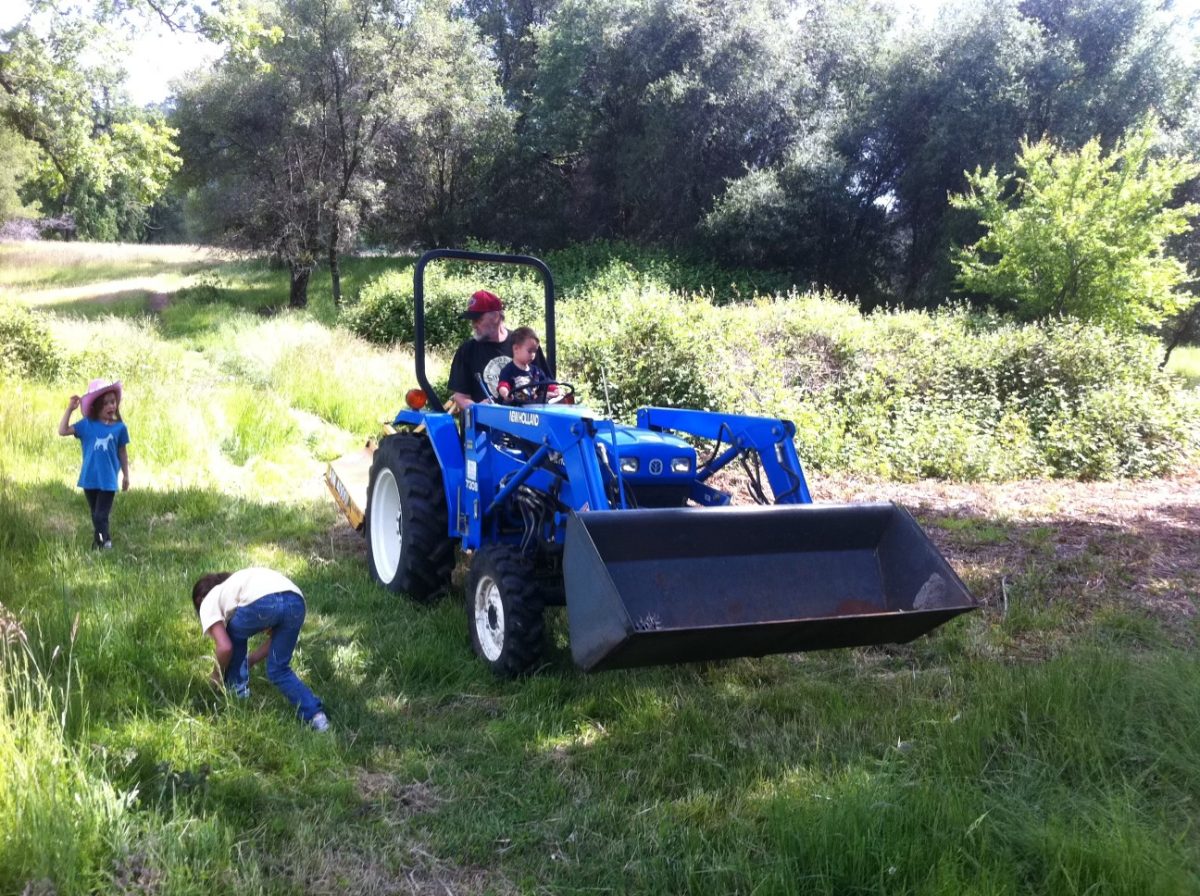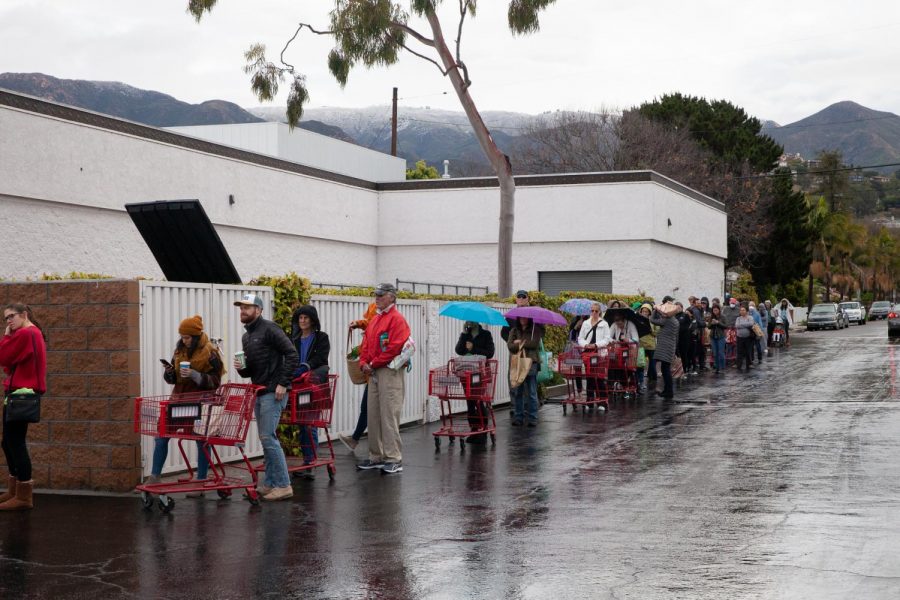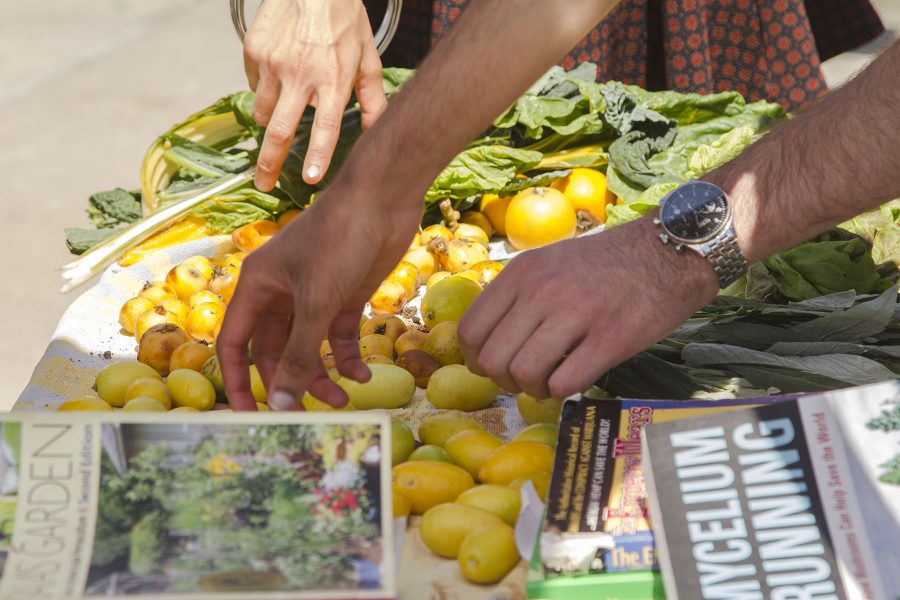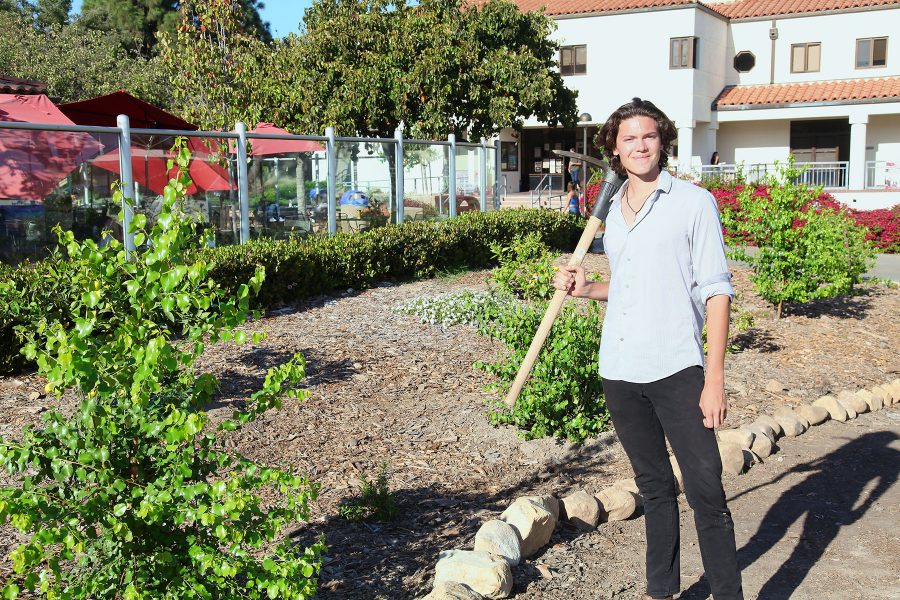With so many businesses pinching pennies and cutting costs, consumers have been getting the short end of the deal while prices continue to rise.
While most businesses are focused on the bottom line, the Isla Vista Food Co-Op has carved out a place for itself by focusing on the community’s needs, as well as its

members.
The Isla Vista Food Co-Op is a cooperative business, meaning it is financially supported, owned, and operated by the members of the cooperative. In order to invest in the business, you simply purchase a share of the company.
Sounds familiar right? Typically an investor can buy shares of a company. The big difference here is that no matter who you are, you can only buy one share.
With this share, members are allowed to vote on the Board of Directors. But with only one share, each member gets only one vote, making it more accessible to the community.
With the money from the investment, the cooperative can afford to pay their staff and maintain business, without having to pass on large price increases to their customers. The idea being that with the investment from the community, the co-op is able to more efficiently run the business without having to solely be concerned with profit.
This is in stark contrast to the typical business model of most major grocery chains. While many claim to “pass the savings onto you,” anyone who has worked for one of these companies knows how true that is.
Sure, they can get away with charging a few cents less than most local companies, but almost none of that money gets redistributed locally. Most of the food is trucked in from out of town, and very little local produce is used.
The biggest impact, though, is on the employees. Many big name stores have been in the news recently for paying near poverty wages, and the cost to make up the difference goes directly to the community.
Food stamps and federal aid add up, and drain the county’s finances. Not only do the contributions from members pay wages, but full time employees who work 30 hours per week also get dental, medical, even vision coverage.
Happy and healthy employees make customers, and the community around the store, a better place overall.
“It takes every single person being empowered [to run the business effectively],” said Melissa Cohen, General Manager at the IV Food Co-Op.
This simple practice has made a big impact in the local community. With the money from memberships and sales, the co-op can sell healthy food at reasonable cost to the consumer, which benefits both the business and consumer. The produce is bought almost entirely locally, keeping the money spent in the community as well.
Of the almost $3 million dollars the co-op makes in a year, 1 percent automatically goes back to the community in the form of donations, coupon giveaways, and working with local activist organizations.
And it’s clear that the community wants them to stick around. In 2012 when their building was being sold, the Co-op started “Project We Own It.”
“Project We Own It” was a crowd funding campaign within Isla Vista, which relied on donations from the community to pay a $200,000 down payment for the loan needed to buy their building. They ended up raising the money needed in less than two months.
“It was sort of do or die for us,” said Cohen about the campaign.
The communities’ commitment to the cooperative was incredible. In a college town where health and sustainability aren’t always taken seriously, the cooperative made a name for itself with health and community conscious business practices.
With such a lack of diversity in food options, if more towns were to take a look at alternative business models, their communities could see some of the same benefits the co-op has provided Isla Vista.
Editor Note: An earlier version of this story stated that the building was sold in 2008.


